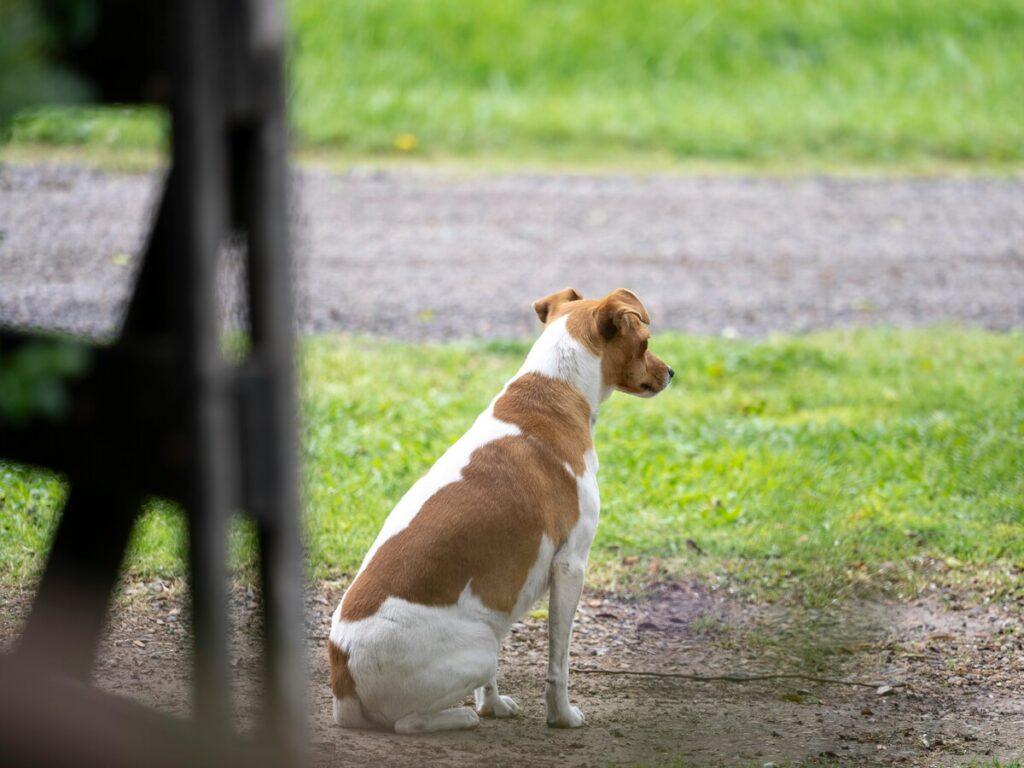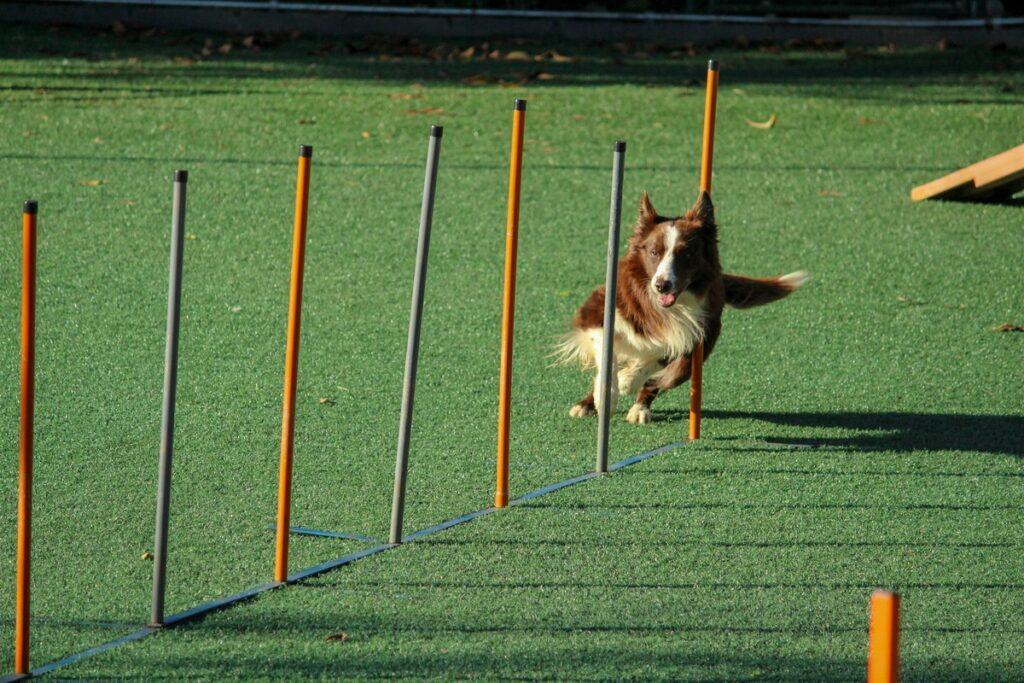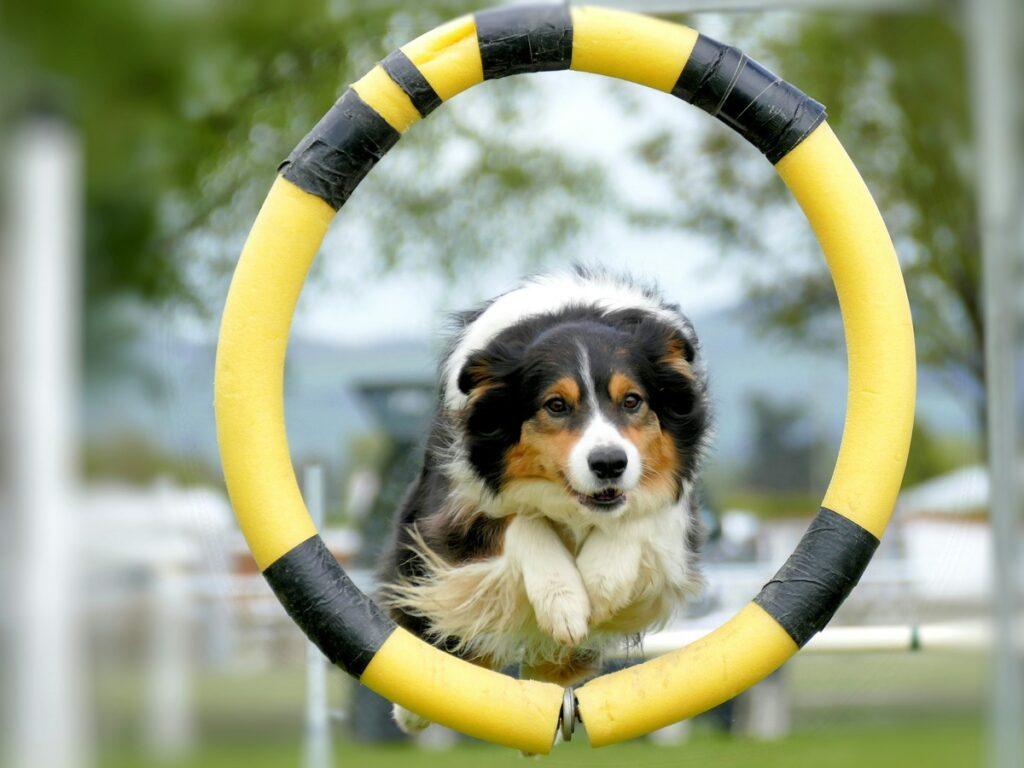Wondering how to stop dog from jumping on people every time someone walks through the door? You’re not alone. This common behavior is frustrating but fixable. In this guide, we’ll show you proven training methods to help your dog greet people politely and keep all four paws on the ground.
Why Dogs Jump on People
Dogs jump on people for several reasons — excitement, greeting behavior, attention-seeking, or simply lack of training. It’s a natural behavior that starts in puppyhood when jumping is rewarded with petting or affection. Unfortunately, what’s cute at 10 pounds is problematic at 60.
Is Jumping a Sign of Aggression?
Jumping is usually not aggressive. In most cases, it’s a friendly but inappropriate way of saying “Hi!” However, if jumping is accompanied by growling, snarling, or dominant body language, professional intervention is advised.
How to Stop a Dog from Jumping on People
Consistency is key when training your dog not to jump. Here are the most effective methods to stop this behavior:
1. Ignore the Behavior
Dogs often jump to get attention — even negative attention. Turn your back, cross your arms, and completely ignore your dog until all four paws are on the ground. Only then, reward them with attention.
2. Reward Calm Behavior
As soon as your dog approaches calmly, offer praise or a treat. Reinforce the idea that good things happen when they stay grounded. Timing is everything here.

Need help with timing your rewards? Clicker training can be a great tool to reinforce positive behaviors quickly and clearly.
3. Teach an Incompatible Behavior
Train your dog to “sit” or “stay” when people approach. A dog that’s sitting cannot jump. Practice this daily and gradually increase distractions to build reliability.
4. Use Management Tools
Use a leash during greetings to control the environment. You can also put your dog behind a baby gate or in another room until they calm down. Gradually reintroduce them with clear rules.
5. Be Consistent Across the Household
Everyone in the family must follow the same rules. If one person allows jumping and another discourages it, the dog becomes confused and training regresses.
6. Watch Dog Training Videos
Sometimes it’s easier to learn by watching. Explore our recommended dog training videos that cover jumping and other unwanted behaviors.
Training Tips for Guests and Visitors
Train your guests too! Let them know how to react when your dog jumps. Ask them to ignore the dog until it calms down. Reward calm behavior consistently during visits.
When to Call a Professional Trainer
If your dog’s jumping is excessive, aggressive, or simply not improving with home training, consider hiring a certified dog trainer or behaviorist. Early intervention leads to faster results.
Conclusion
Stopping a dog from jumping on people is a matter of consistency, patience, and clear communication. With the right approach, your dog will learn that keeping all four paws on the ground leads to praise, treats, and love.
For more behavior guidance, read our dog training and behavior tips for real-life advice that works.
Use these tips consistently, and you’ll stop dog from jumping on people in a positive, lasting way.
FAQs About Dogs Jumping on People
Why does my dog jump on everyone?
Dogs jump to greet people or gain attention. It’s usually an excited behavior learned in puppyhood and reinforced unintentionally by humans.
Is it okay to push a dog off when they jump?
No, pushing may feel like play to the dog or cause them to jump more. Instead, ignore the behavior and reward calm alternatives.
Can treats help stop jumping?
Yes, treats are powerful motivators when used correctly. Reward your dog the moment all paws are on the ground or when they sit calmly.
How long does it take to train a dog not to jump?
With consistent training, most dogs show improvement within a few weeks. Older dogs or deeply ingrained habits may take longer.



